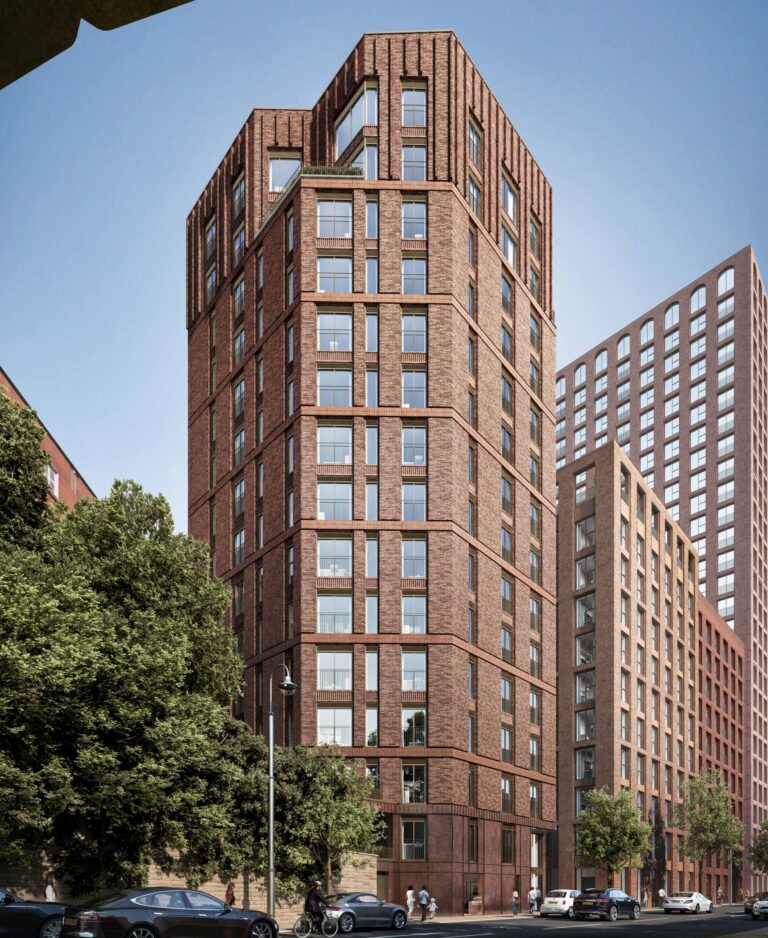One constant of the property market is that it will continually adapt and change along with wider trends and global concerns. At the moment, EPC ratings are high on the agenda for the sector.
Building a future-proof and resilient property portfolio involves a certain level of agility, as over time new priorities and regulations come in which can affect the profitability of any investment. Bricks and mortar is historically seen as a stable long-term asset, but adapting and staying ahead of the market is still crucial.
Over recent years, but particularly since the government set the wheels in motion for new legislation, energy efficiency in the housing market as a whole – but particularly in the private rented sector – has come to the fore. This has already led to a shift among many buyers and investors towards more eco-friendly purchases.
At the moment in the private rented sector, the minimum energy performance certificate (EPC) rating needed to let out a property is E. Lower-rated homes with an F or a G cannot be legally rented out, unless they have secured an exemption. But even then, tenants are increasingly turned off by very inefficient homes, meaning such properties are likely to see their rental and sales values deteriorate.
The current Labour government intends to set the bar higher in the coming years, which will mean all private landlords must ensure their rental properties achieve an EPC rating of C or higher by 2030. This may seem like a long way off, but it is already affecting the viability of property investment portfolios, with higher energy standards becoming a higher priority than ever for buyers.
ESG and property choices
A recent report from TwentyCi looked at the effect that the current ESG (Environmental, Social and Governance) framework was having on UK lenders and the property market as a result. It assesses things like sustainability and environmental effects, ethical and human impact, and how companies are managed.
TwentyCi notes that, for lenders, investor pressure, regulatory trends, and a growing recognition of sustainability are key factors in long-term business viability. As investors increasingly prioritise sustainable investments – which includes a focus on energy efficiency and EPC ratings – they are more likely to “pursue companies with strong ESG credentials”.
Lenders are more likely to favour portfolios that are more resilient; properties with high carbon footprints and inefficiencies pose a greater risk to mortgage security as well as long-term asset values. Put simply, these properties may be more likely to depreciate in value over time.
This means lenders are increasingly offering ‘green mortgages‘ that incentivise things like higher energy performance ratings, or homes that will be retrofitted in order to achieve better sustainability credentials.
Long-term capital appreciation
According to TwentyCi’s research, homes that are highly energy efficient (rated A-C in their EPC certificates) are 4.7% less likely to have their asking prices reduced than less energy efficient properties.
These higher-rated homes are also experiencing an average 2.6% increase in their sales values, while those at the lower end of the scale are seeing prices fall, with an average gap of 3.2%.
Energy efficient homes are also achieving a higher percentage of their initial asking price, says TwentyCi, and based on averages this equates to just over £1,000. This is linked to the so-called “brown discount” currently being noted in the market, where equivalent low-rated homes are having to set their prices lower to entice buyers. The same goes for rental properties, as less energy efficient homes achieve lower rents on average.
Government pressure
For investors who are willing and able to adjust their property portfolios to stay abreast of this growing need to prioritise energy efficiency, there is more likelihood that their assets will generate the strongest returns over time.
However, the upcoming legislative change has also come under fire from those in the industry who feel it is another prohibitive hurdle for landlords to clear; with an estimated 60% of all privately rented homes in England and Wales currently falling below the upcoming target, with EPC ratings of D or below.
To get all homes up to the required level by 2030, this would mean 1.6 million properties would need to be upgraded annually. This can be done by either selling off energy inefficient homes and investing instead in A-C rated properties; or by retrofitting existing homes and having them reassessed. But this comes at a cost, and with the private rented sector already falling short in terms of supply, there have been calls for the legislation to be softened.
For example, Paragon Bank is urging the government to increase the delivery timeline and offer flexible exceptions in order for a “smoother transition…without exacerbating the demand and supply imbalance, which is already expected to grow due to forecast population growth and demographic changes.”
Others have demanded a greater package of support for landlords to achieve the new targets, to avoid an exodus from the sector which would push up rental prices, and ultimately leave tenants paying the price.
If you’re a property investor looking to boost the resilience of your portfolio, get in touch with BuyAssociation today to speak with one of our consultants – free of charge – and find out about our current and upcoming opportunities.










